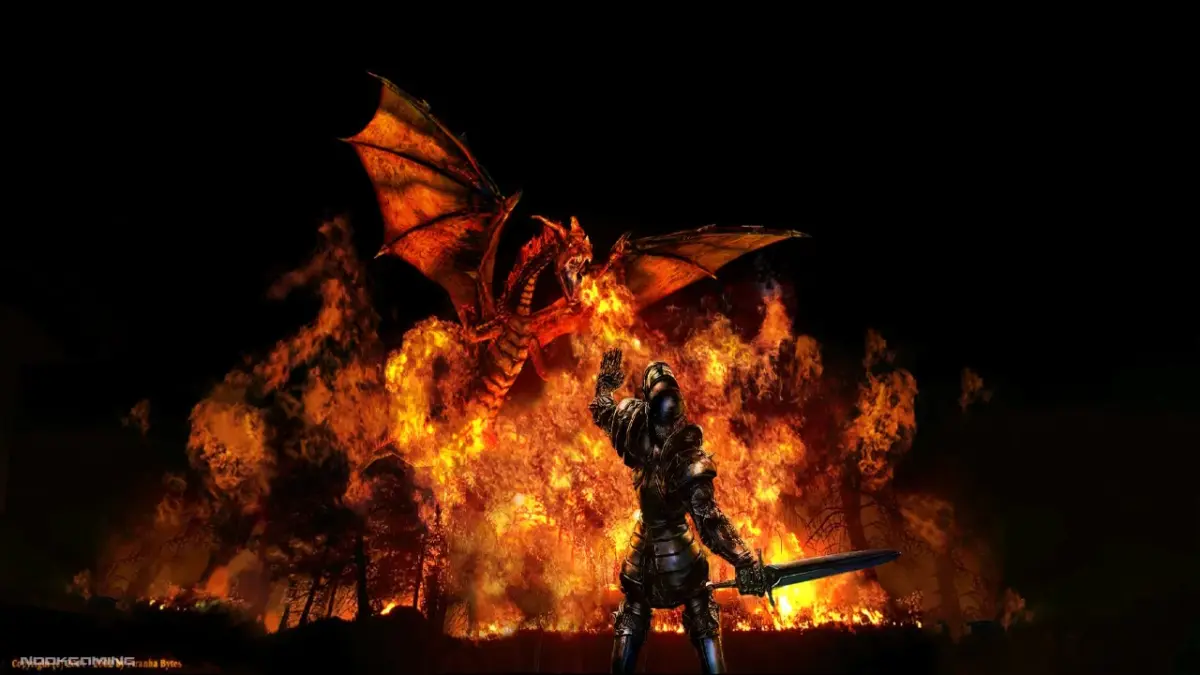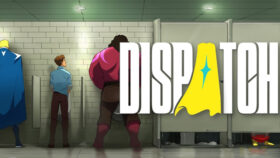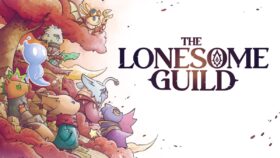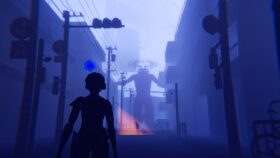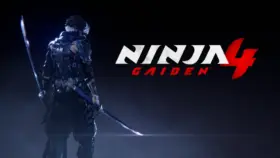There are games you play, finish, and shelve – and there’s no harm in that, mind you. Then some games refuse to leave you, no matter how many years roll by. For me, Gothic 2 is one of those. It’s not just another RPG from the early 2000s – for me, it’s THE RPG.
The one that taught me what real immersion feels like, the one that made me fight for every scrap of progress, and the one that still sets a standard modern open-world games can’t always reach.
Yes, the controls were awkward. Yes, the combat was clunky. And yes, the graphics have aged into a charming mess of blocky models and stiff animations. But none of that matters, because Gothic II did something few games have ever managed; it gave me a living, breathing world that didn’t care who I was. It wasn’t built for me to conquer. It existed with or without me, and I had to find my place inside it. That’s a rare feeling even today.
With the first instalment of the series getting a remake it 2026, we couldn’t help but dive in for an original Gothic review earlier this month.
It’s impossible not to look at Gothic II and wonder, if the first remake lands, could we see Khorinis rebuilt for a new generation? The thought alone makes me giddy.
Enough glorification, however, let’s dive knee-deep into the colony again, and let’s find out together what made Gothic II so great and, yes, what made it stumble just before the finish line.
Khorinis: A World That Felt Real
One of Gothic 2’s greatest strengths is how compact yet alive its world felt. Instead of chasing size for the sake of it, Piranha Bytes gave us the island of Khorinis, and it remains one of the most convincing RPG settings I’ve ever walked through.
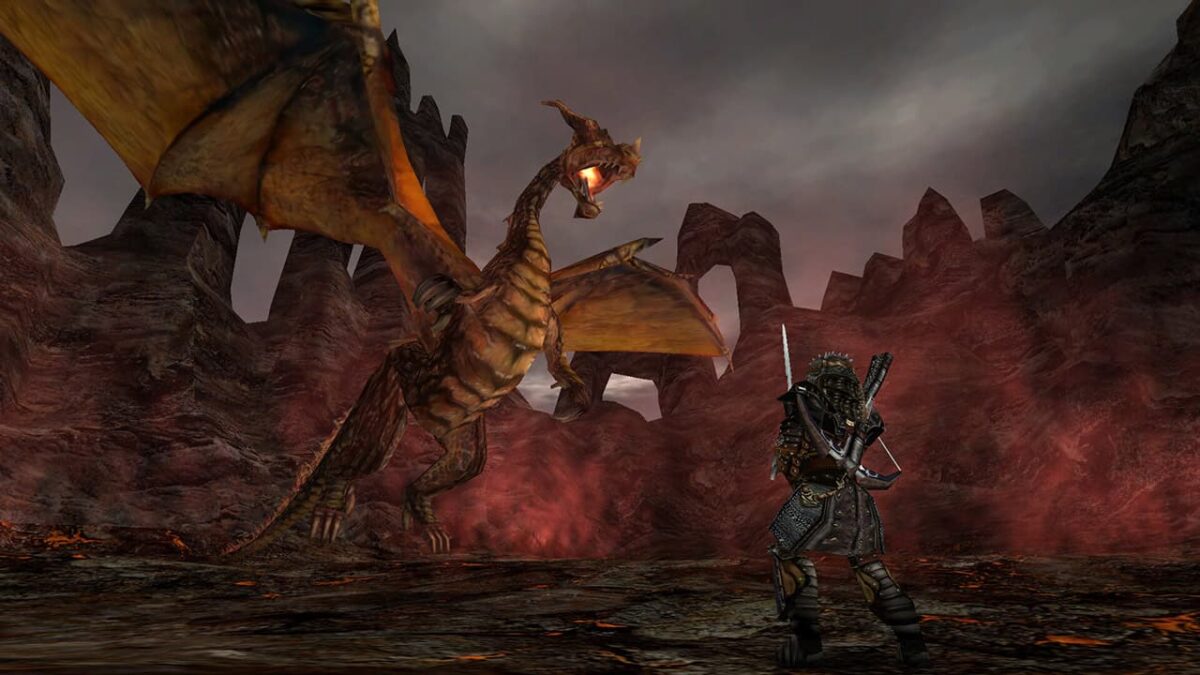
The city itself is a masterpiece of design. Farmers bring their goods to market, guards hassle you for your armor, and shady types lurk in back alleys offering “favors.” Walk out of town and you’ll find forests full of wolves that can shred you in seconds if you’re cocky. Venture further and you’ll stumble across bandit camps, ruined towers, and caves hiding horrors you’ve got no business facing in the early game.
What struck me then – and still does now – is how natural it all feels. NPCs had routines. Shops closed at night. The world didn’t reset itself every time I reloaded. It existed independently of me, and my job was to survive inside it. For a game that came out in 2002, that was nothing short of revolutionary.
Factions, Freedom, and Finding Your Path
Like the first Gothic, Gothic 2 is all about factions. Do you throw in with the disciplined paladins, the rugged mercenaries, or the fire mages with their shadowy agendas? Every choice shapes your character’s skills, dialogue options, and even how the world reacts to you.
Joining the mercenaries and swaggering around Onar’s farm felt completely different from standing proud in paladin armor. Magic, meanwhile, turned the whole game into something else entirely – but only after grinding through some of the toughest progression hurdles the series has ever thrown at players.
And that’s the beauty of Gothic II. It never hands you anything for free. Progression is slow, deliberate, and earned through trainers, gold, and sheer persistence. When you finally level up enough strength to wield a heavy two-hander or learn your first serious spell, it feels monumental. You didn’t just unlock a skill – you bled for it.
The Brutal Charm of Gothic II’s Gameplay
Let’s not kid ourselves: Gothic 2 is not an easy game. Even seasoned RPG players can get humbled in the opening hours. Wolves are terrifying, shadowbeasts are nightmares, and even a pack of goblins can end you if you’re careless.
Combat itself is famously clunky. Directional attacks, timing-sensitive parries, and hitboxes that feel both precise and punishing. But once you adapt, it reveals a rhythm. It’s not about button-mashing. It’s about patience, positioning, and reading your enemy. In an odd way, it was a proto-Soulslike before we even had that term.
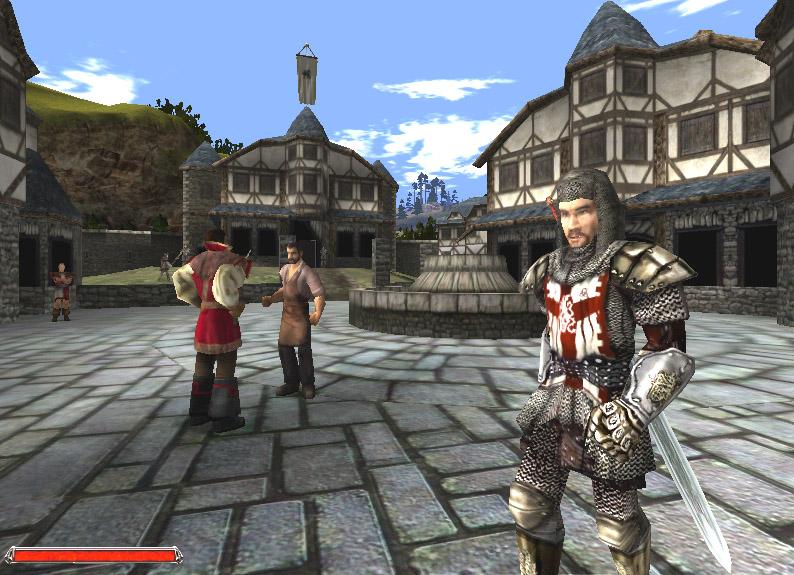
What makes it work is that the world respects its own danger. Venturing too far too soon isn’t brave, it’s suicide. And that makes every victory meaningful.
Killing your first shadowbeast is the kind of milestone you remember years later, because the game doesn’t let you coast into it. You’ve got to earn it. And nothing made that more apparent than the addon pack for Gothic II (remember those?), The Night of the Raven. Oh boy.
Night of the Raven – The Expansion That Became Essential
As much as I adore Gothic 2, the base game feels incomplete without its expansion, Night of the Raven.
First, it made the game harder. Training costs went up, enemies got nastier, and resources felt tighter. That change alone shifted the pace, demanding more deliberate planning from the player. But the real prize was the new area: Jharkendar.
Jharkendar was a swampy, pirate-infested region dripping with atmosphere. It slotted neatly between the second and third chapters, adding quests, characters, and storylines that deepened the game’s already impressive world.
The pirate theme mixed with ancient ruins gave it a flavor unlike anything else in Gothic 2, and it never felt like filler. It felt like a hidden piece of the puzzle we didn’t know we were missing.
For me, Jharkendar is peak Gothic; mysterious, dangerous, and brimming with personality. To this day, I consider Night of the Raven one of the greatest expansions in RPG history.
Atmosphere, Music, and Why It Still Works
On paper, Gothic’s visuals are dated. Character models are stiff, faces look like they were chiseled out of stone, and animations often verge on comical. But somehow, none of that ruins the immersion. The art direction – the way forests are dense, towns bustle, and ruins loom ominously on hillsides – still works.
The real secret weapon, though, is Kai Rosenkranz’s soundtrack. Moody, melancholic, and unforgettable, it perfectly captured the blend of danger and wonder that defines Gothic 2.
Even now, a few notes of that main theme are enough to send me straight back to Khorinis, standing at the city gates, wondering which path to take.
I can still remember the very first time I stumbled into Jharkendar through a big portal, not knowing what to expect, and the decidedly different, ancient music blared through my (now equally ancient) Logitech speakers.
The amount of immersion and cohesion that was created…just wow. I urge you to listen to the soundtrack, even if you’re still not sold on it as an RPG. It’s truly one of a kind. Good news: Rosenkranz reappears as the composer for the 2026 Gothic Remake.
There is a God after all. Let’s just hope this one doesn’t call himself Beliar.
Why Gothic II Still Sets Itself Apart From Any Other RPG
So why does Gothic II endure when so many other early 2000s RPGs have faded into obscurity? For me, it’s because it treated me like a part of its world, not the center of it. It didn’t bend over backward to make me feel powerful. It demanded I earn that power.
It’s also because the writing and worldbuilding had teeth. Factions weren’t just gameplay choices; they were political, moral, and personal ones. NPCs weren’t static quest-givers; they were people with lives. And the difficulty wasn’t sadistic for the sake of it — tt was there to make your eventual victories unforgettable.
Looking back now, Gothic II feels like an RPG philosophy we don’t see much anymore. It’s the opposite of modern AAA map-checklists. It’s raw, focused, and completely unafraid to frustrate the player if it means making the world more convincing.
Now, sure, its clunkiness and admittedly aged graphics, which aren’t entirely owed to the actual age of the game, when games like Zelda: The Wind Waker are just as old and have aged much more gracefully, can be a natural deterrent, especially for new players.
But unlike any other RPG of its time, the progression system is infinitely rewarding and actually lets you see the progress the nameless hero made in his stance, the way he holds the weapon and ultimately slices away at his foes.
Gothic 2 isn’t as big as Skyrim, it definitely isn’t as sleek and polished as the newer Dragon Age games, but here’s the thing; it doesn’t WANT to be. While not as dark, grimy and gritty as its predecessor, Gothic II has more bite than a bloodfly and lets you stink more than a molerat, especially at the start
It doesn’t care about you as a player, it doesn’t hold your hand, and more importantly, it does all of that out of love for the genre, for gaming, and, yes, for you, the player.
Final Thoughts
Gothic 2 is, and always will be, one of my favorite RPGs. It’s flawed, yes. It’s clunky, yes. But those flaws are part of what makes it brilliant. This is a game that demands respect, effort, and patience — and rewards you with one of the most atmospheric, unforgettable worlds ever built.
With the Gothic Remake on the horizon, I can’t help but let my mind wander. If it succeeds, could Gothic II be next? Could Jharkendar’s swamps, Khorinis’ bustling streets, and the dragons high above the Valley of Mines be reborn with modern fidelity? The idea alone is enough to make me hope.
But even if that day never comes, Gothic 2 stands tall as a masterpiece of its time. It’s not just nostalgia. It’s not just cult-classic status. It’s proof that sometimes, the games that punish us the most are the ones that stay with us forever.
